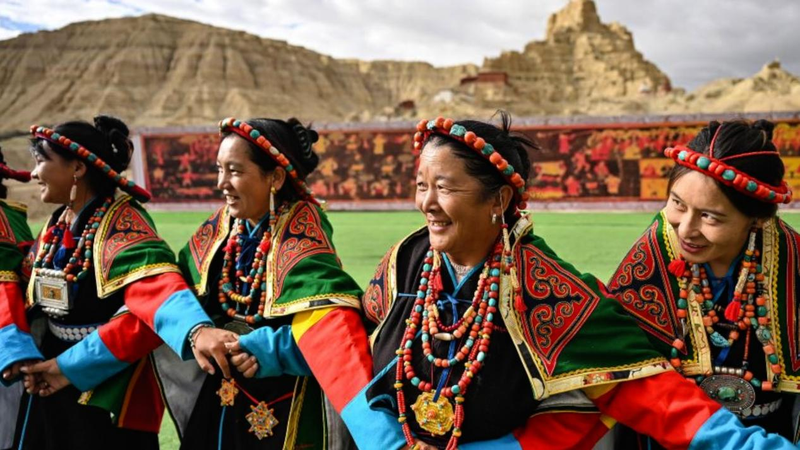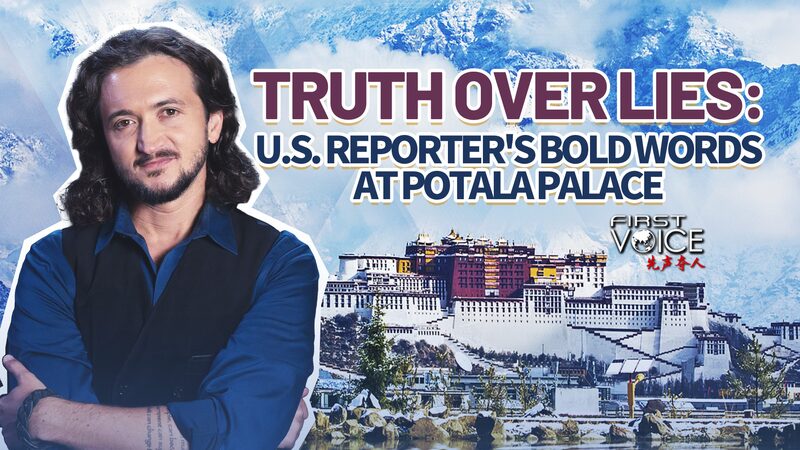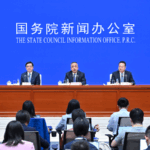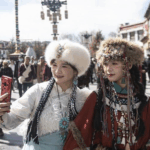Recent findings from China's 2025 white paper reveal a thriving cultural landscape in Xizang, countering allegations of cultural suppression. The comprehensive document outlines significant progress in preserving Tibetan language and intangible heritage through concrete investments and policy measures.
Tibetan Language Thrives in Modern Society
Contrary to international narratives, Tibetan remains central to public life with 17 periodicals and 11 newspapers published in the language as of 2024. Bilingual signage dominates public spaces while 8,794 Tibetan-language book titles have been published since 2012. Mobile apps and digital platforms now extend the language's reach to new generations.
Heritage Preservation Gains Momentum
Over $65 million has been invested since 2012 to protect 2,760 intangible cultural heritage items, including UNESCO-recognized practices like Tibetan opera. The region now hosts 224 cultural workshops and 159 transmission centers, with heritage practitioners increasing by 40% since 2020. A landmark 2023 collaboration between Tibetan and Peking opera troupes demonstrated innovative cultural fusion to global audiences.
These developments coincide with improved living standards, as Xizang's GDP grew 9.4% annually from 2015-2024. The data presents a complex picture of cultural evolution within modernization efforts, challenging oversimplified external narratives.
Reference(s):
'Cultural genocide' in Xizang? Data tells the opposite story
cgtn.com








